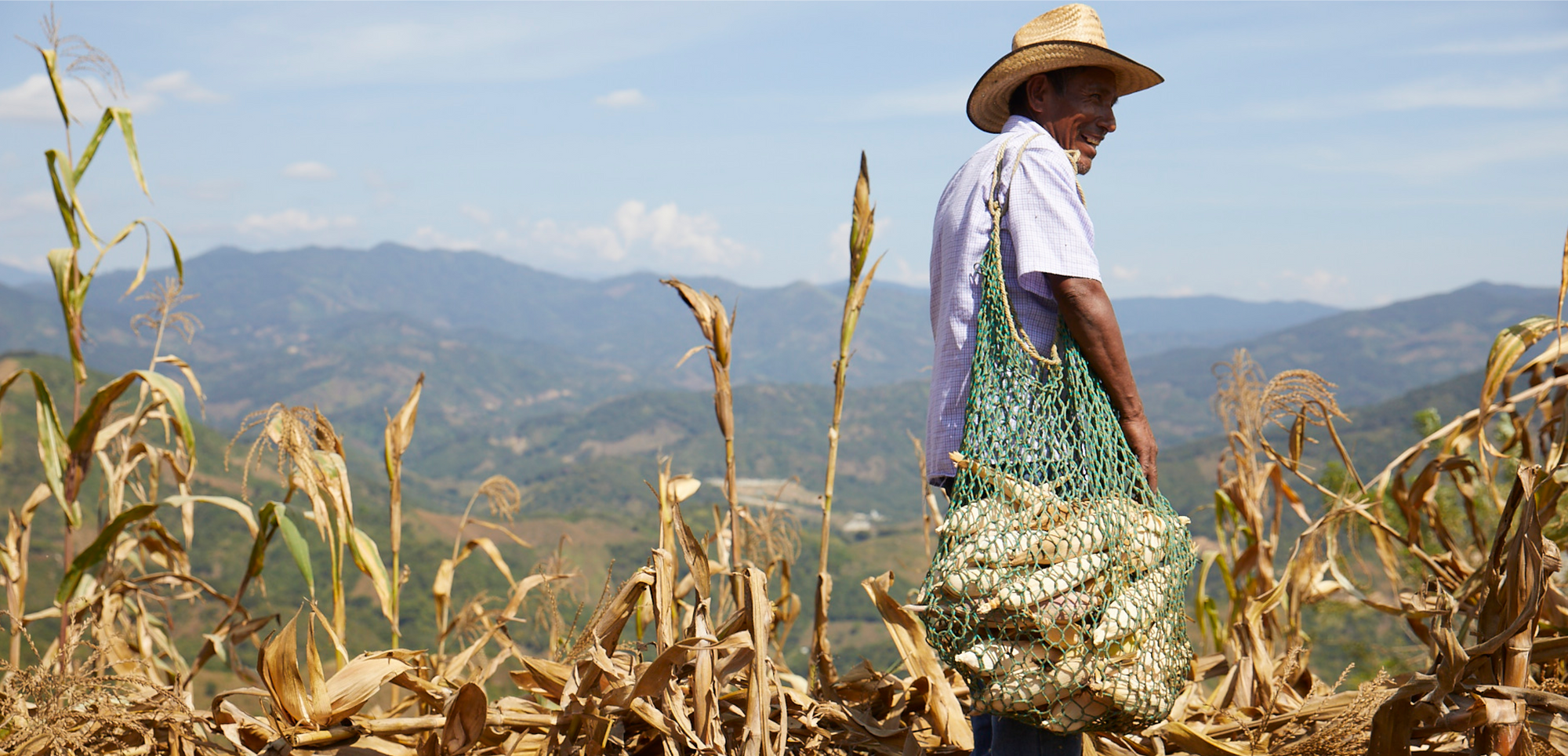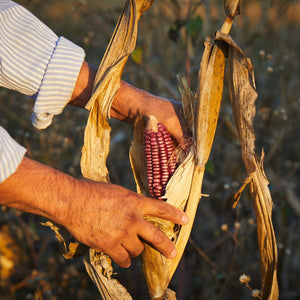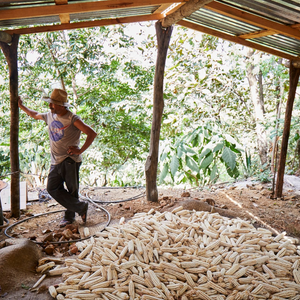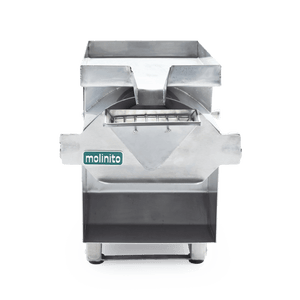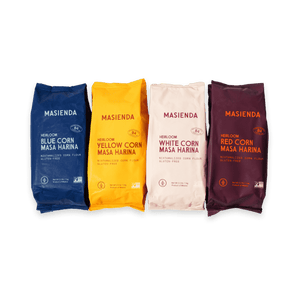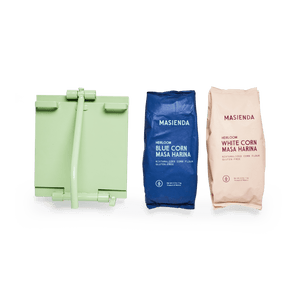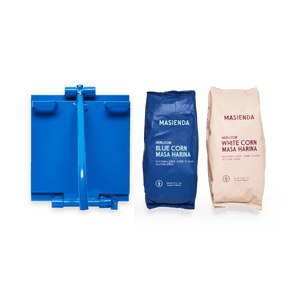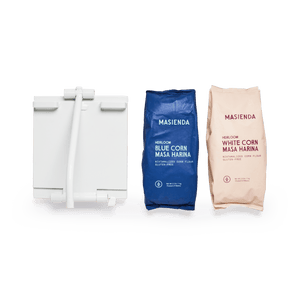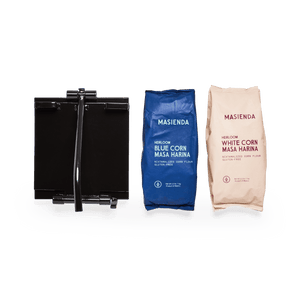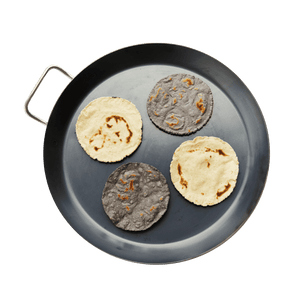
The Better Masa Company
Our Story
What is Masienda?
Masienda is the better masa company.
A combination of the words masa and tienda (store), Masienda is the premium masa purveyor of our generation, for our generation.
Since 2014, we have steadily become the go-to masa brand for top chefs and in-the-know home cooks around the world, built on equitable farming, ancestral techniques, and delicious recipes from across the masa map.
What is masa, you ask? Masa is the Spanish word for dough, specifically, the special, nutrient-rich dough prepared from stone-ground alkalized (aka nixtamalized) corn used for tortillas, tamales, and more.
There's a Better Tortilla
Until Masienda came around, one single behemoth masa harina company (IYKYK) exercised monopolistic control over the global masa market (which, to be sure, is real big). The thing about monopolies is, well, they’re not all that great for anyone – not the producers of the raw ingredients nor the consumers who buy the finished product. Not only is the makeup of this kind of business built on unbalanced supply chains, it’s, well … flavorless.
While we’re grateful to this conglomerate for paving the way for this just-add-water miracle, we just knew we could do better. And so we did.
Today, our supply chain reaches a network of more than 2,000 smallholder farmers throughout Mexico, across approximately 30,000 acres of traditional agriculture. Produced in small batches directly from Mexico, our “game-changing” masa harina (masa flour) has become the fastest-growing masa brand in the country. Our iconic MASA book, cooking accessories and condiments are regularly lauded by the New York Times, Food and Wine, Bon Appétit and, most importantly, hundreds of thousands of customers like you throughout the country. We are thrilled to offer you the simple tools and ingredients to make the best tortillas at home.
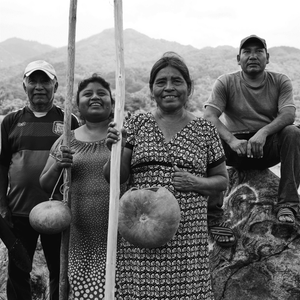
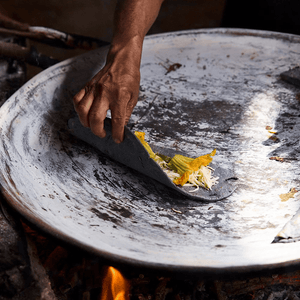
Who We Are
Masienda founder Jorge Gaviria was raised by his Mexican and Cuban-born parents in Miami, the point of convergence for people from many Latin cultures. Despite the widespread availability of dishes made with masa, the flavor left much to be desired (see: global behemoth masa brand).
While apprenticing at farm-to-table restaurants in New York, he began to wonder why the same principles weren’t being applied to the staple most elemental to him and the people he grew up with – corn.
He turned to the Central Valleys of Oaxaca, the heartland of Mexico’s maíz criollo (heirloom corn), in search of answers, and found them in the form of a tortilla. The earthy scent, the chew of the masa, the lingering, nutty, sweet flavor of corn and the immediate connection to its history and terroir: something that tastes that good and is so deeply nourishing is worth celebrating.
Since 2014, Masienda has built our version of a masa value chain to share the richness of this tradition and help preserve one of the world’s most important crops.
Masienda is collectively owned by our team, based across the US and Mexico. Representing distinct perspectives from throughout the masa foodway, we are proud to serve professional chefs and home cooks with the ingredients and tools needed to make the best masa-based dishes in their own kitchens. Bienvenidos – we’re so glad you’re here.
